Homeowner Tree FactsDallas-Fort Worth Area
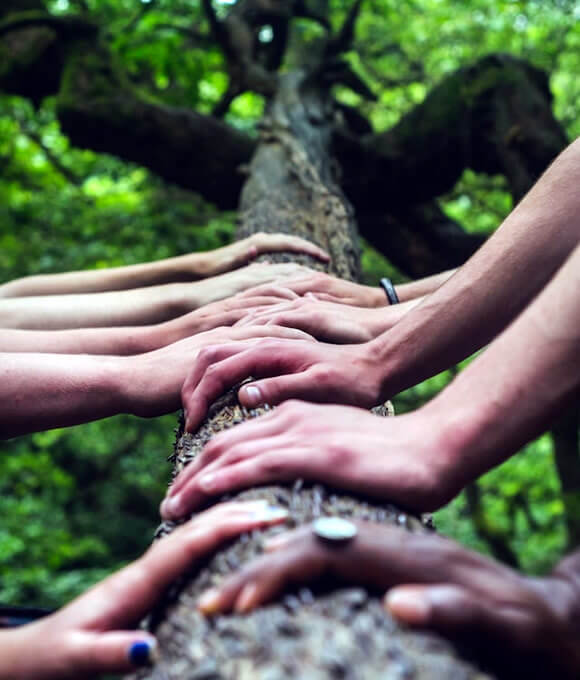
If you have recently purchased a new home, there may be some important landscaping items you should handle as soon as possible. Trees are a great addition to any landscape, but certain types of trees can be highly invasive, damaging to surroundings and even dangerous if planted near your home. It’s important to know what to look for and to get qualified tree care immediately. Here are some trees that you should consider removing.
Some trees are safe for planting near a house. In fact, some trees are excellent additions to a home and can drastically improve the house’s appearance and may even increase the property value. Small trees with non-invasive root systems are ideal for planting next to a house.
Small trees are much easier to maintain and far easier to cultivate. Still, a significant advantage to growing small trees near a house is that they tend to have shallow, non-invasive root systems that pose little to no threat to any structure.
Trees that are Safe to Plant Close to a House
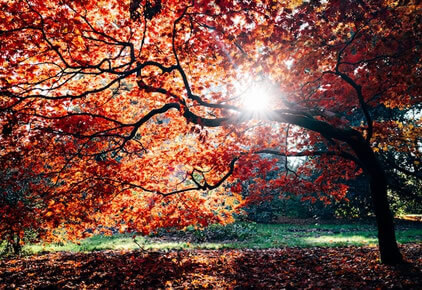
Japanese Maple Tree
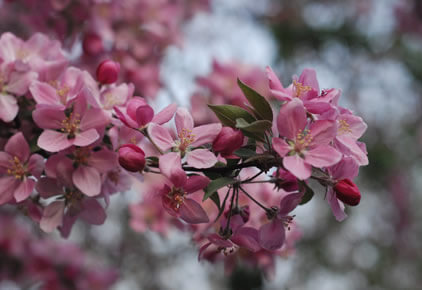
Male Crabapple Tree
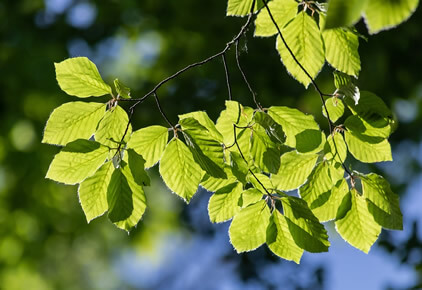
American Hornbeam Tree
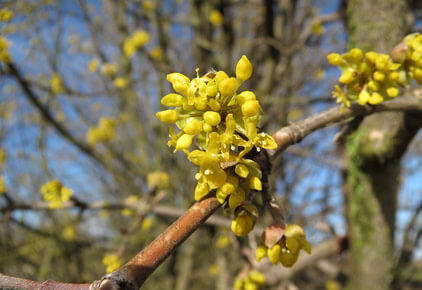
Cornelian-cherry Dogwood Tree
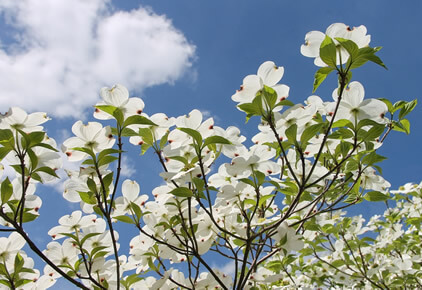
Flowering Dogwood Tree
All of these trees are safe to plant in close proximity to a house, regardless of the size. These trees have root systems that are extremely unlikely to cause any damage to the house whatsoever, they are easy to maintain, and they are all attractive trees that will increase the aesthetic appeal of any home.
Some backyard trees have very deep and strong roots that can slowly damage the foundation of your house. The trees that are most damaging to house foundations include oak, ash, and poplar trees. These species have the fastest-growing, strongest, and most invasive root systems of any trees grown in residential areas. Others can grow sky-high and pose a serious risk at a certain point in the future.
Others have weak wood or are known to attract various diseases and pests. Having said that, below you will find 21 of the worst trees to plant.
Tress to Avoid Planting or Remove
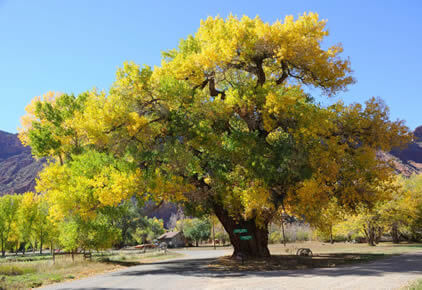
Cottonwood
The cottonwood tree is fast-growing, spurting up as much as six feet a year. That rapid growth leads to weak wood, which makes it susceptible to limb breakage and damage from storms and wind.
The female trees produce cottony covered seeds, leaving behind a big mess for homeowners to clean up. These trees are tall and impressive, but probably not worth the trouble in a garden-variety backyard.
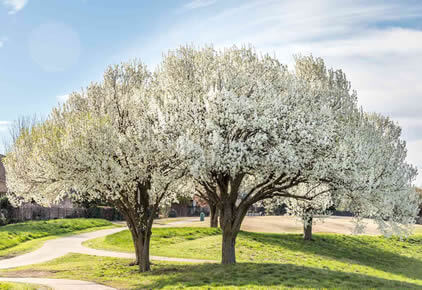
Bradford Pear
The Bradford pear has been a landscaping staple for decades because of its fast growth and beautiful display of white flowers.
Pretty as their blooms are, they have an unpleasant smell. And the downside of fast-growing trees is that their wood is weaker, which means that the Bradford pear is easily damaged in wind and storms. You’ll be better off in the long term if you choose a different ornamental tree for your yard.

Honey Locust
The honey locust has been used as a shade and street tree for many years, as it transplants well at large sizes and offers light shade without overwhelming turf grass.
But it has developed several insect and disease problems over the years that make it short-lived. Another downside? The trunk grows thorns that can protrude up to 12 inches from the bark and make this tree difficult to maintain and work around in the garden.
If you must have a honey locust, plant a thornless variety and monitor it closely for diseases and insect issues.
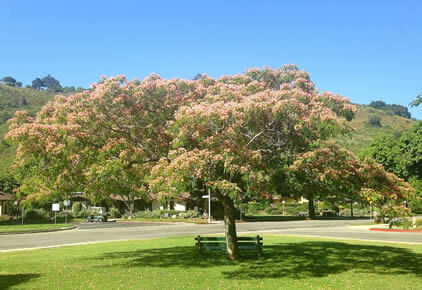
Mamosa Tree
The fern-like foliage and feathery pink blossoms of the mimosa tree make it a visual stunner. It’s prolific along roadsides and waterways, especially in the South. That’s because it’s incredibly invasive. Plant one, and you’ll be pulling seedlings up constantly—and so will your neighbors. Like the cottonwood, the mimosa tree is also known for its extremely frail wood that does not make it a particularly reliable tree.
This tree is known to attract webworm, and aside from the fact that it is a soft plant with branches that are prone to breakage, the mimosa is also known to produce large seeds that germinate very quickly.
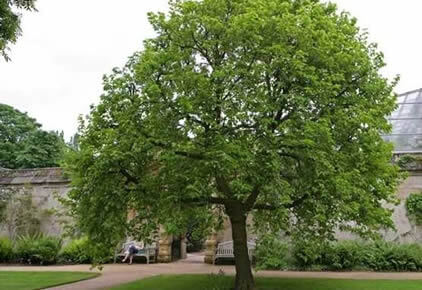
Mulberry Tree
The mulberry tree was once considered desirable for its ornamental qualities and prolific fruiting—but not anymore! Its roots are large and shallow, and routinely cause damage to irrigation systems and house foundations. The falling fruit is messy and attracts an overabundance of birds, which leave their own variety of debris.
Opt for a different ornamental if you are tree shopping for your landscape. The Mulberry tree is also known to produce impressive amounts of pollen. In turn, this attracts numerous insects… and silkworms in particular.
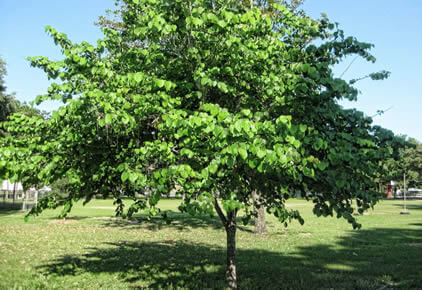
Chinese Tallow
Commonly known as the Popcorn tree, given the appearance of its flowers. The Chinese Tallow stands out through its broad leaves that are known to provide great shade, as well as to turn bright colors during the autumn.
However, the Chinese Tallow ranks as one of the most invasive species of trees you can plant in your backyard. It can reach up to 30 feet in width and 40 feet in height which mean strong invasive roots that can damage your foundation and decking.
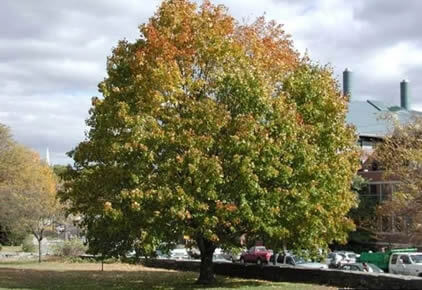
Norway Maple
As the name suggests, the Norway Maple is not indigenous to the United States, but it is actually one of the most versatile varieties of maple, as it can adapt fairly easily.
It is known to offer great shade but, at the same time, it kills any other plant or shrub that tries to thrive around it.
Not only does the dense shade prevent other plants from getting the sunlight they so much need, but the fibrous roots of the Norway Maple also absorb all the nutrients from the soil before any other plant gets the chance to.
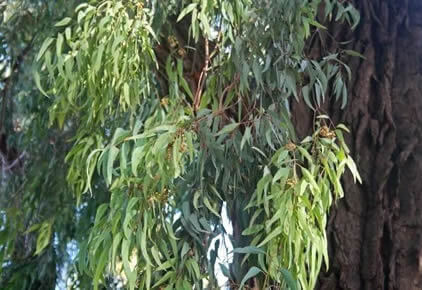
Eucalyptus
The Eucalyptus tree is known to be one of the fastest growing plants in the world and is considered highly invasive and is banned in many areas. Besides this, it does require lots of maintenance!
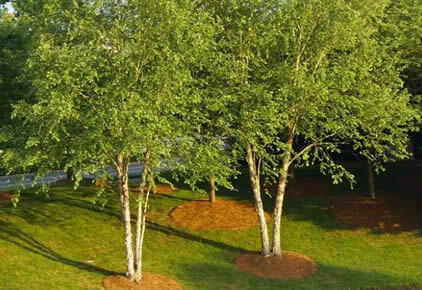
Quaking Aspen
A single tree can spawn an entire grove with its weedy suckers, making it a potential maintenance nightmare if it’s planted in a small yard or too close to neighboring properties.
It also suffers from several fungal diseases that can make it an eyesore. All in all, it’s best to enjoy these trees in alpine views from afar.
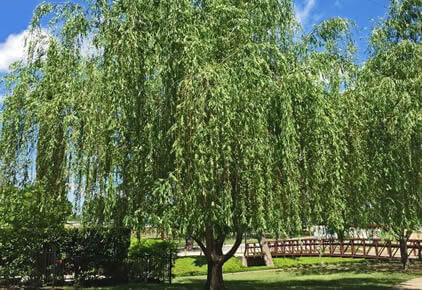
Weeping Willow
As beautiful and appealing as the Weeping Willow might be at first sight, its root system is invasive and will seek out moisture.
This means it can invade your plumbing lines and crack older pipes. It should not be planted near buildings or pools and is also a short lived tree, at 20 to 30 years, meaning it can become a hazard quickly.
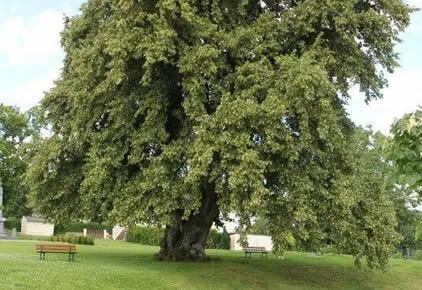
Linden (Tillia)
Tall growing deciduous tree reaching a height of about 60 feet.
Attracts aphids, secreted sap from the tree gets all over cars and driveway making for a sticky mess.
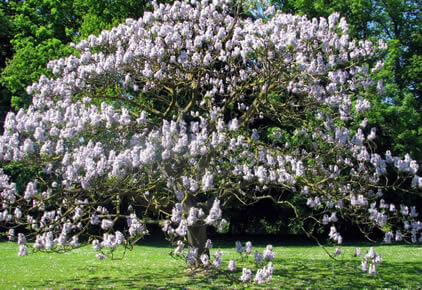
Empress Tree
As majestic as this tree may sound, the Empress Tree (also known as the Royal Empress Tree) is a plant native to China and it stands out from the rest of the trees through its fragrant flowers.
Although this tree grows to a reasonable height and it rarely exceeds 30 feet tall, it is rather weak and it does not cope very well with storms.
Think twice before planting it, especially if you live in an area where the climate is unpredictable.
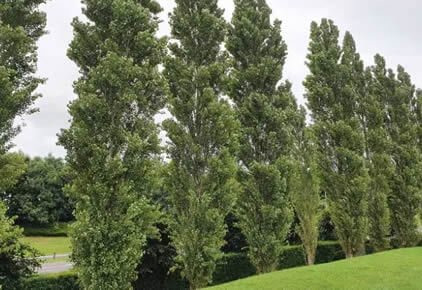
Lombardy Poplar
Once popular and a favorite tree to plant due its distinctive columnar shape and speedy growth. It has fallen out of favor.
They have lots of bugs and diseases that make them look ugly and their root systems are difficult to control and eradicate.
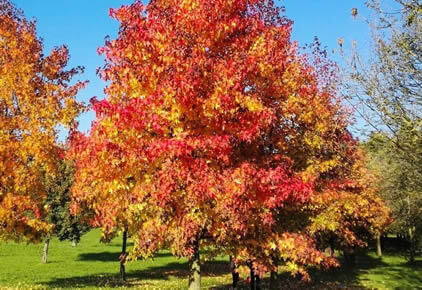
Sweet Gum
The root system that can – and will – take their toll not only on your home’s foundation but also on your lawn, pool, patio and any other structure nearby.
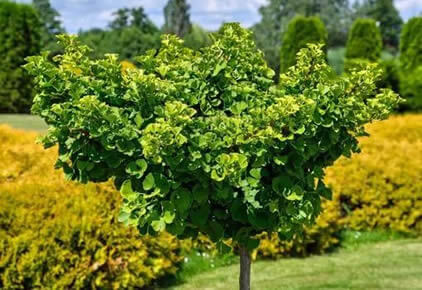
Ginkgo Biloba - Female
The ginkgo biloba is hardy and provides beautiful golden color in the fall. The female trees, however, drop fruits that not only are slippery, but also emit a very unpleasant odor.
This tree is a maintenance migraine and is best avoided by homeowners.
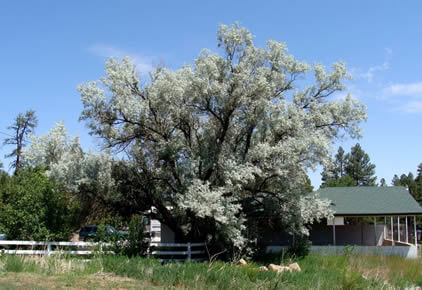
Russian Olive
The Russian Olive certainly has a very distinctive look, it also ranks as one of the most invasive species you can possibly find.
It crowds out other surrounding plants, stealing all their water and nutrients.
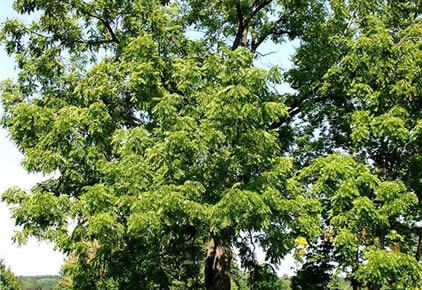
Black Walnut
The Black Walnut is yet another tree that you should never plant in your backyard. Mainly because it produces dangerous toxins that kill any other vegetable, flower or landscaping plant nearby.
Besides, just like it happens with the female Ginkgo Biloba tree, the Black Walnut tree’s fruits are also very difficult to clean, once they hit the ground.
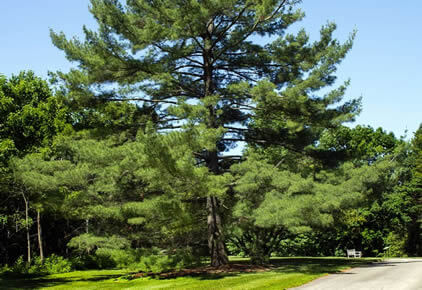
White Pine
Although the white pine does not reach staggering heights like other trees, the problem is that this tree is actually extremely sensitive and it requires a lot of maintenance in the long run.
It is not a great choice for cold climates, as it can quickly suffer injuries due to the winter burn or ice damage.
Besides, the white pine is also known to attract all sorts of pests, ranging all the way from the sapsuckers to bagworms, therefore you should ask yourself whether this tree is truly worth the effort!
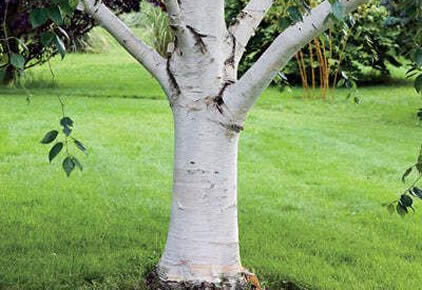
White Birch
There are numerous different types of birch you can opt for, and they certainly add a great luxurious touch to your backyard.
The problem with white birch is that it cannot thrive in hot and dry climates, and it is also susceptible to a notorious tree killer known as the bronze birch borer.
Moreover, the white birch tree roots is another of the trees with shallow roots making it rather unstable and dangerous to grow anywhere near your home.
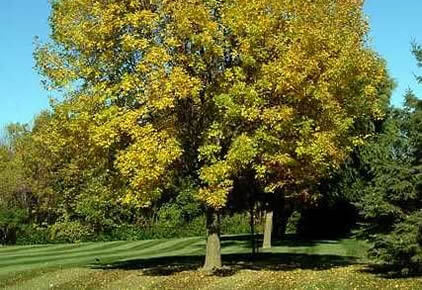
Ash
The ash tree is known as one of the sturdiest and most durable trees you can come across.
The problem is, it often comes under attack from the emerald ash borer it’s biggest enemy, as this small beetle can easily destroy it.
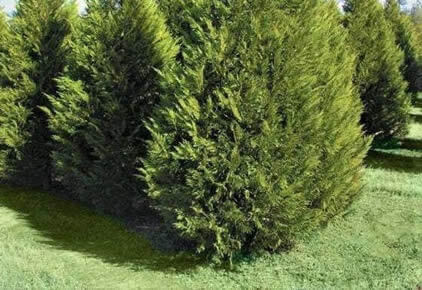
Leyland Cypress
The Leyland Cypress is a very special type of tree, as it grows very fast and it does not require too much maintenance either – overall. It is safe to say the Leyland Cypress is fairly hassle-free.
Nonetheless, the cypress tree roots often get uprooted during storms and severe winds, even if they are tens of years old, which makes them dangerous to grow around houses.
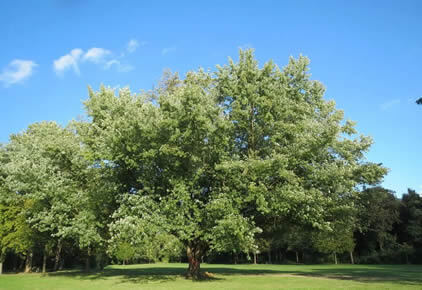
Silver Maple
The Silver Maple is undoubtedly one of the most beautiful and majestic trees out there. Not only does it offer great shade during winter, grows quickly, but it is also very easy to trim and prune.
Once again, the problem is with this tree’s brittle and rather weak wood. In spite of its strong root system (that can often crack walkways or driveways).
Silver maple is one of the most popular types of trees, as it is planted all across the United States, primarily in urban areas.
Inexpensive, easy to establish and low-maintenance, the Silver Maple has quickly become one of homeowners’ favorites.
But you must know that this tree’s roots have become its worst enemy. The largest Silver Maple in the United States of America measures more than 110 feet tall and it has a circumference of over 340 inches.
Contact Us in Dallas-Fort Worth Area
Call Us Today at (817) 903-2500 or (972) 900-6884 for a Free Estimate.
24-Hour Emergency Tree Removal Also Available!

